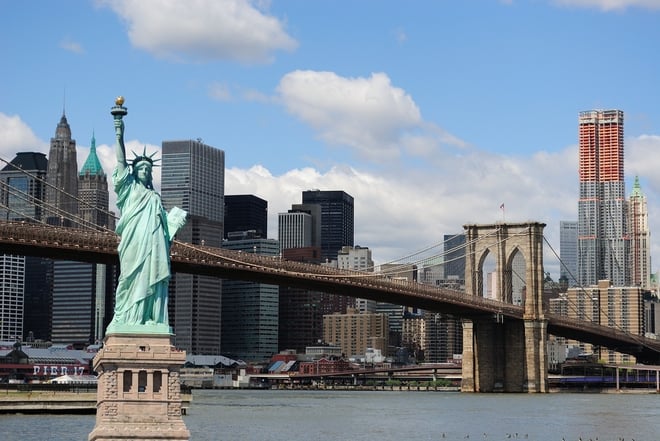Part one of a three part series
If one was to do a random inspection for mold in a large city, like New York City, the likelihood of encountering it would be relatively high.

Back in 2010, The New York Times reported that NYC’s Department of Housing Preservation and Development issued over 14,000 violations for mold infestations within residential buildings. The department investigates over 500 cases of mold a year; with many cases stemming from newer construction.
Incorrectly installed piping and/or insulation seems to be, for years, the main explanation given for the mold infestations found in newer buildings; even in structures that are less-than five years old. But, another reason why mold is found in modern buildings may also have to do with the sequence of construction; as well as, the material selection and construction quality of the building envelope.
In recent years, there has been a push to force Designers to specify, and Contractors to install, mold-resistant drywall in new buildings. This approach seems to imply that the simple use of mold-resistant drywall would be enough to stem the tide of increasing cases of mold found each year in the city’s newer structures. If this was true, we would see an immediate decrease in the cases reported each year. This approach addresses only the food (paper facing on gypsum wallboards) and not the moisture needed for mold growth. This approach does not address other sources of mold growing food within the built environment. The failure of this approach would seem, that we can turn a blind eye to how moisture can enter the facility during, and after, the construction; as well as, the other building materials that will be in-place after the first tenants move in.
Stay tuned for future posts that will focus on considerations for reducing mold in existing buildings, as well as construction considerations to help reduce future mold cases.


